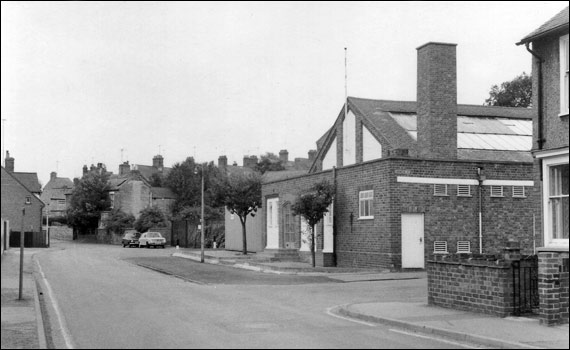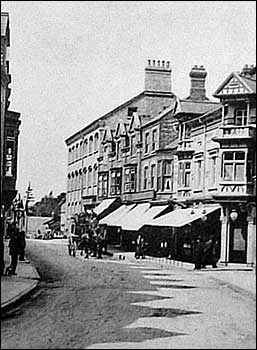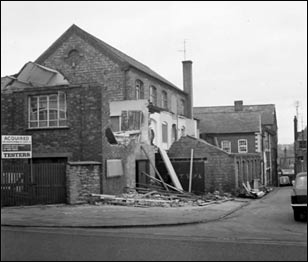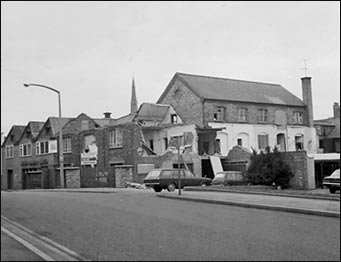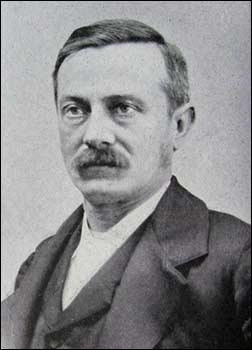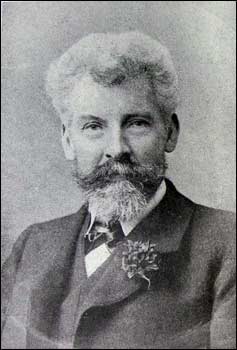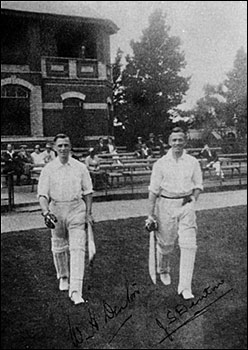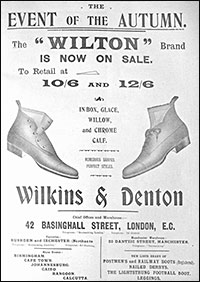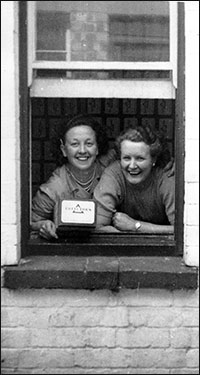| Memories of Engineering by H Packwood written in 1988:
Another phase of Rushden history was the building of the Local Electric Light Co. in Shirley Road.
Mr. Sammy Scragg and Mr. Sam Bailey arrived in Rushden in 1903 being qualified to do the wiring necessary to wire the factories.
The wiring used was known as capping and casing, the wire being in wood casing.
Mr. Sam Bailey on finishing the wiring etc. at B. Dentons, High Street (now demolished) was offered the position of engineer, which he accepted. This entailed looking after the Gas plant etc. and engines and the small tannery they owned in Rectory Road.
Mr. Sam Scragg then started the Central Electric Co in High Street South, he soon had plenty of work especially Government contracts.
On his death the business was transfered to W. Timson and W. Ekins and is now owned by W. Timson junior.
|
